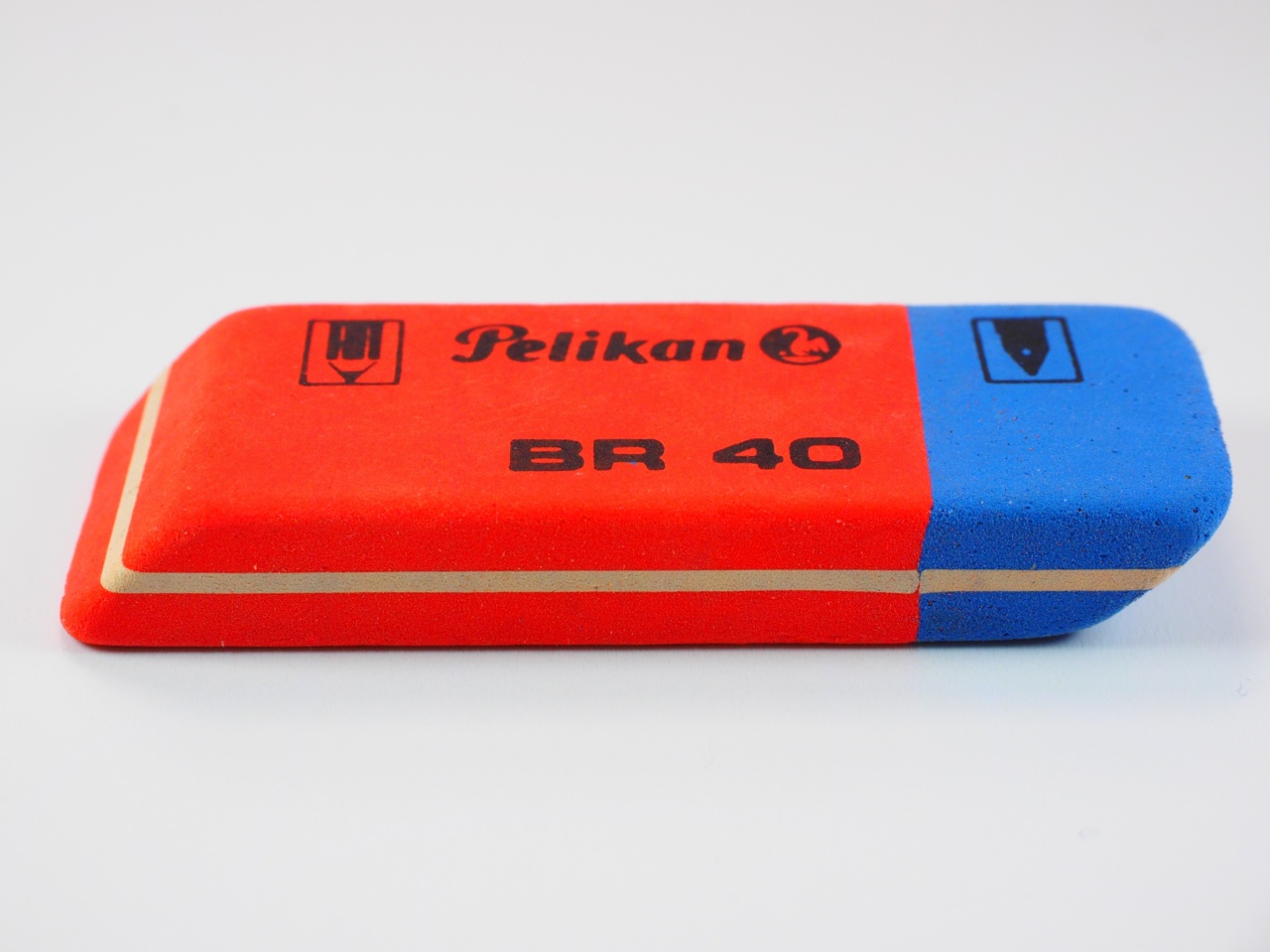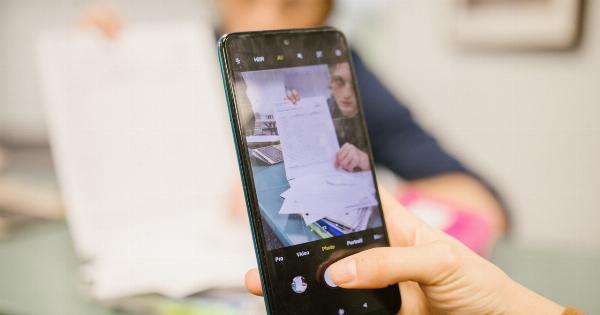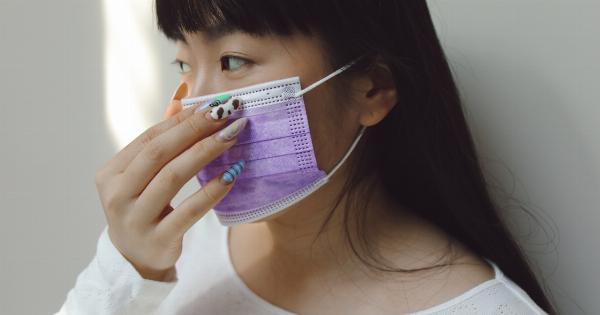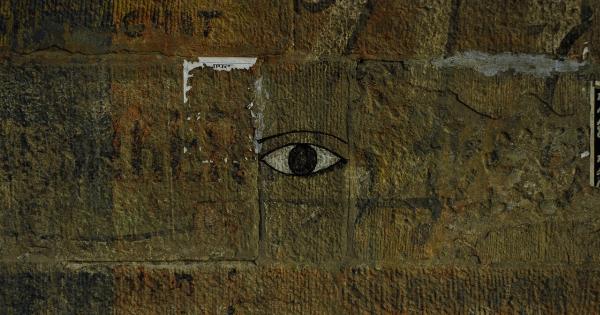Near-sightedness, also known as myopia, is a common eye condition that affects many people worldwide.
It is a refractive error that occurs when the eyeball is too elongated or the cornea is too steep, causing light rays to focus in front of the retina instead of directly on it. This results in blurred vision when viewing distant objects, while near objects remain clear. Fortunately, there are several ways to correct near-sightedness and improve visual acuity.
Eye Glasses
Eye glasses are the most common and cost-effective way to correct near-sightedness. They work by altering the direction of incoming light so that it focuses directly on the retina.
Prescription eyeglasses are customized to meet the needs of each individual and are available with various lens types, including single vision, bifocals, and progressive lenses. Single vision glasses are suitable for correcting mild to moderate myopia, while bifocals and progressive lenses are better for individuals with higher levels of near-sightedness or presbyopia (age-related vision changes).
Contact Lenses
Contact lenses are another non-surgical option for correcting near-sightedness. They work by placing a small plastic lens directly on the surface of the eye, which alters the direction of incoming light and focuses it directly on the retina.
Contact lenses provide a more natural and unobstructed field of view than eyeglasses and are available in various types, including soft, gas permeable, and hybrid lenses. Soft lenses are the most popular type due to their comfort and ease of use, while gas permeable lenses provide sharper vision for individuals with higher levels of near-sightedness.
Hybrid lenses combine the benefits of both soft and gas permeable lenses, providing excellent comfort and vision correction.
Laser Eye Surgery
Laser eye surgery, also known as refractive surgery, is a surgical procedure that uses a laser to reshape the cornea and correct near-sightedness. There are several types of laser eye surgery, including LASIK, PRK, and SMILE.
LASIK (laser-assisted in situ keratomileusis) is the most common type of laser eye surgery, where a flap is created in the cornea using a laser or blade, and then the cornea is reshaped using another laser. PRK (photorefractive keratectomy) is another type of laser eye surgery that does not require a flap and instead removes the outer layer of the cornea before reshaping it using a laser.
SMILE (small incision lenticule extraction) is a newer type of laser eye surgery that uses a femtosecond laser to create a small, disk-shaped piece of tissue inside the cornea, which is then removed through a small incision. Laser eye surgery is highly effective and can correct near-sightedness in most patients, however, it is not suitable for everyone, and there are risks involved.
Orthokeratology
Orthokeratology, also known as corneal refractive therapy, is a non-surgical method of correcting near-sightedness that involves wearing special contact lenses overnight.
These lenses reshape the cornea while the patient sleeps, allowing them to see clearly during the day without the need for glasses or contact lenses. Orthokeratology is generally only suitable for individuals with mild to moderate myopia, and the effects are temporary and typically last for a few days to a week before the lenses need to be worn again.
Phakic Intraocular Lenses
Phakic intraocular lenses (IOLs) are small lenses that are surgically implanted into the eye to correct near-sightedness. Unlike traditional IOLs used in cataract surgery, phakic IOLs are placed in front of the natural lens, leaving it intact.
Phakic IOLs are suitable for individuals with high levels of near-sightedness who cannot undergo laser eye surgery. The procedure involves making a small incision in the cornea and inserting the lens through it. Phakic IOLs provide permanent vision correction, but there are risks involved, such as infection and cataracts.
Atropine Eye Drops
Atropine eye drops are a non-invasive method of slowing the progression of myopia in children and young adults.
Atropine is a medication that dilates the pupil and relaxes the muscles in the eye, reducing the strain on the eyes when reading or doing close work. Studies have shown that low-dose atropine eye drops can effectively slow the progression of myopia in children, and the effects are long-lasting.
However, higher doses of atropine can cause side effects such as blurry vision, sensitivity to light, and difficulty focusing.
Conclusion
There are several effective methods available for correcting near-sightedness, ranging from non-invasive options such as eyeglasses and contact lenses to surgical procedures such as laser eye surgery and phakic IOLs.
It is important to consult with an eye care professional to determine the best treatment option for each individual, depending on their level of near-sightedness, age, and lifestyle. With the right treatment, individuals with near-sightedness can improve their visual acuity and enjoy clear vision.





























